Ounces to liter conversion is the focus of our blog today, and we warmly welcome all of you readers who have joined us on this journey!
As soon as James went to the kitchen to make tea for his friends, his friend told him to "use 6 ounces", but James's understanding was limited to litres, now he got confused as to what exactly is this ounce. Seeing his concern, his friend told him these were two of the most common cooking measurements.
Then, after returning home, he searched for this unit conversion story on the internet, and only then did he come to know its significance and understand the relationship between ounces and liters.
So today, in our blog, we will understand every aspect, like ounces to liters formula, method, and its importance, etc., in the easiest way, so let's start.
The importance of Oz-to-liter conversion:
The kitchen is where magic happens with every ingredient! Each tool and measurement plays a vital role. While cooking, converting ounces to liters often becomes an essential part of getting the recipe just right.
1. Understanding Ounces and Liter at a glance:
An ounce (abbreviated fl oz, fl. oz. or oz. fl.), is a unit of weight in the US customary system, equal to 1/16 pound (437 1/2 grains).
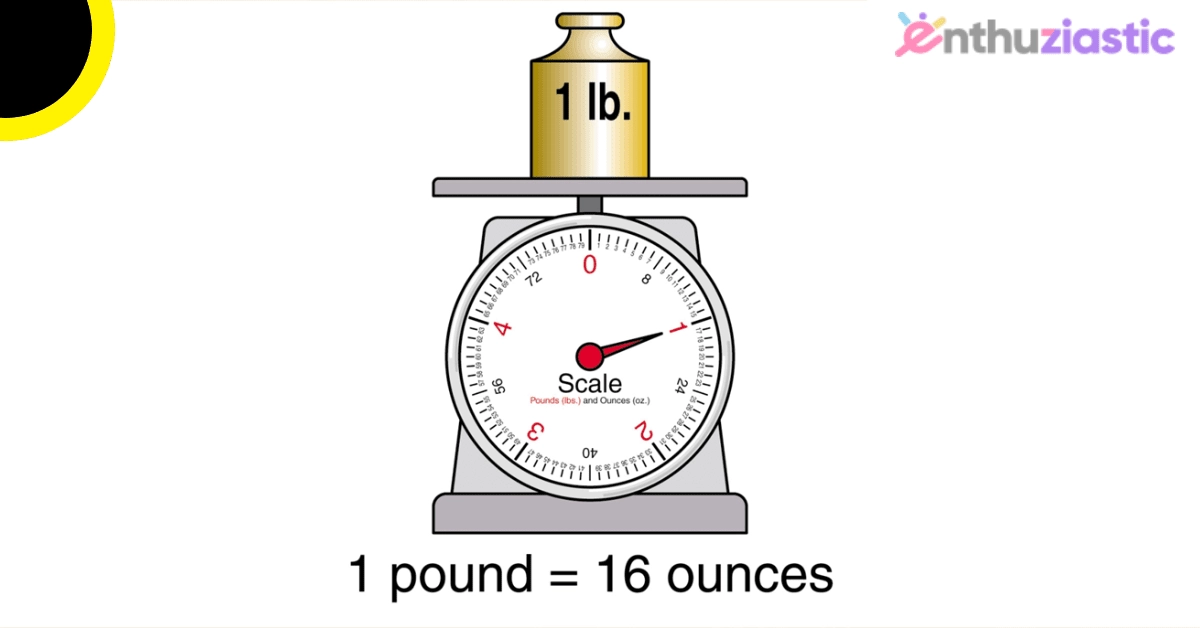
It is a teeny-tiny unit of measurement, like a little superhero in the world of weight which used to measure the weight of small things like pencil, a dime, etc.
Imagine it as the weight of a single slice of bread or a smallish apple. It's not much, but it packs a punch when you need to measure small things precisely.
A liter, abbreviated as the symbol L or l, is a common metric unit for measuring volume (the measure of the capacity that an object holds). It is equal to 1,000 cubic centimeters or one cubic decimeter and is particularly useful in many real-life scenarios.
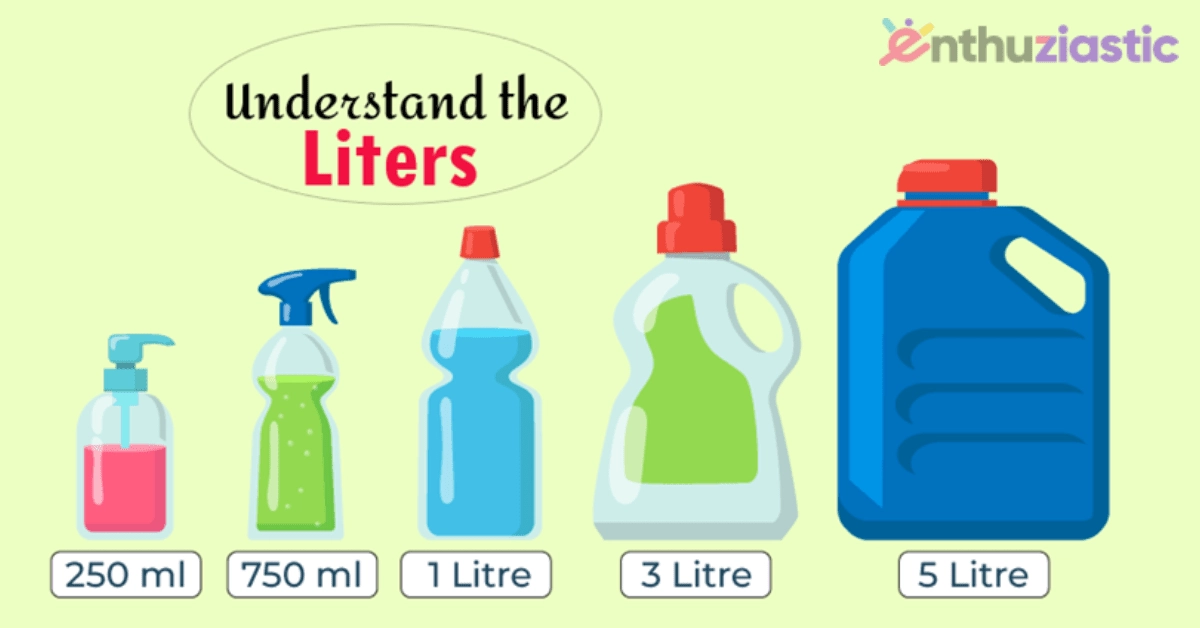
This measurement system is commonly used in day-to-day life to measure liquids things like water, milk gasoline and so on.
In fact, knowing the definition of a liter allows us to calculate fluid volumes with precision easily, from following recipes and estimating fuel usage to measuring liquid medications.
Understanding how a liter relates to non-metric units requires knowing how they stack up when it comes to measuring volume. One liter is equivalent to one kilogram, making it a useful conversion for measuring both volume and weight.
Here is a table showing how a liter relates to nonmetric units. Let’s have a look.
1 litre | 1000 millilitres (mL) |
1 litre | 100 centilitres (cL) |
1 litre | 10 decilitres (dL) |
1 kilolitre (kL) | 1000 litres |
1 cubic decimeter (dm3) | 1 litre |
1 megalitre (ML) | 106 litres |
1 gigalitre (GL) | 109 litres |
1 litre | 0.2199 imperial gallons |
1 litre | 0.2641 US gallons |
2. The Math Behind Ounce and Liters Conversions at a Glance:
Converting ounces to liters is simpler than you might think. Let us understand step by step how to convert between two units using simple math:
Conversion factor: 1 ounce is approximately equal to 0.0295735 liters.
Multiplication: To convert ounces to liters, multiply the number of ounces by the conversion factor (0.0295735).
Resulting and equivalent: For the resulting number, this is the equivalent volume in liters.
Let's say you have a recipe that calls for 32 ounces of chicken broth. To convert that to liters, you'd multiply 32 by 0.0295735. The calculation would look like this: 32 oz x 0.0295735 = 0.946352 L. So, you'd need about 0.946 liters of chicken broth for your recipe.
Practical examples and calculations:
Water Bottle:
If you have 5 water bottles, how many liters of water do you have? 16 ounces = 0.473 liters 5 x 0.473 = 2.365 liters
Milk Jug:
If you have 3 quart-sized containers of milk, how many liters of milk do you have in total? 128 ounces = 3.785 liters (1 gallon), 32 ounces = 0.946 liters (1 quart) 3 quart-sized containers = 3 x 0.946 = 2.838 liters
Medicine Dosage:
If the recommended dosage is 2 tablespoons (which is about 1 ounce) every 6 hours, how many liters of cough syrup would you need for a week? 1 ounce = 29.574 milliliters = 0.029 liters Weekly dosage = 7 days x 4 doses x 0.029 liters = 0.812 liters
Ounces to Liters Conversion Formula:
Converting ounces to liters may seem like mind boggling maths, but to be honest, it is just like pouring milk into a larger container.
Imagine ounces as small kitchen-scale measurements and liters as big soda bottles at a party. To switch between them, you can use a simple formula, converting between two systems of measurement, specifically ounces and liters.
Liters = (ounces × 0.029) / density of the ingredient
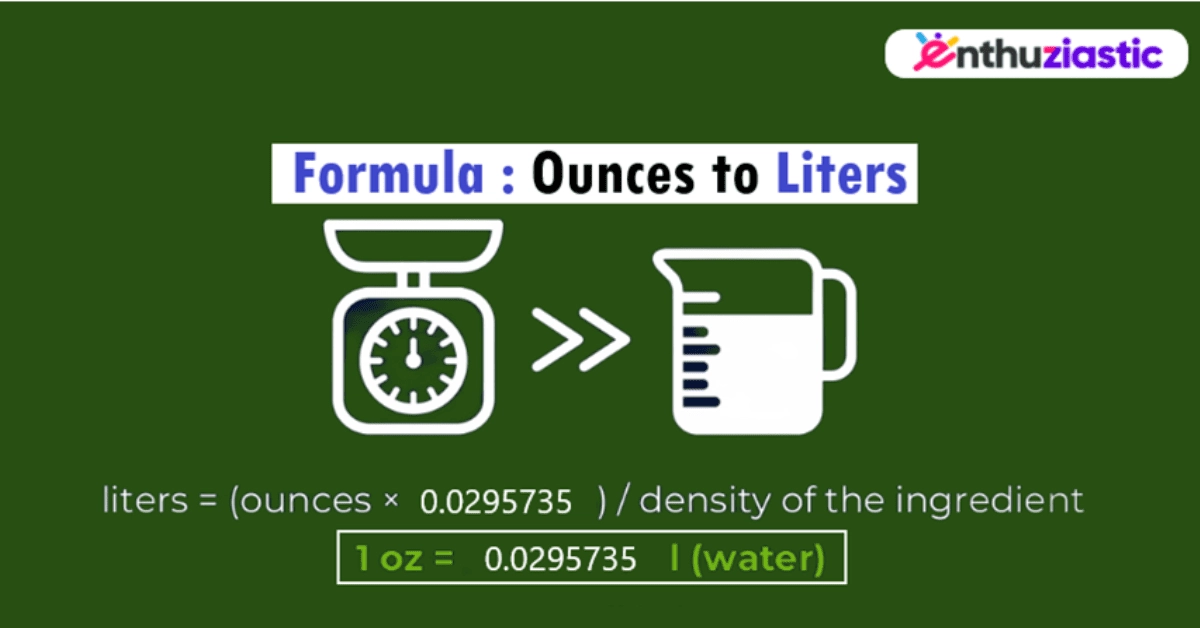
When you're converting ounces to liters, use the formula mentioned above. Just remember, the stuff you're measuring needs to be either in grams per cubic centimeter (g/cm³) or grams per milliliter (g/mL).
Here you can see a step-by-step explanation showing how to use the formula for converting ounces to liter for H2O: Water, which is H2O, is as density as 1 gram in every cubic centimeter.
Liters = (ounces × 0.0283495) / density of the ingredient Liters = (1 × 0.0283495) / 1 Liters = 0.0283495 If you have one ounce, it's the same as about 0.0283495 liters of pure water.
So, if you ever find yourself in a pickle trying to figure out how much liquid you've got, just remember this formula. After understanding the above-mentioned maths behind ounce to liters calculator's super formula, here is a useful exercise for you to do something:
Fill in the blanks:
Convert 16 ounces to liters: ___ liters.
Yes or No:
Is 32 ounces equal to 1 liter? (Yes/No)
Fill in the blanks:
Convert 24 ounces to liters: ___ liters.
Yes or No:
Is 8 ounces less than 1 liter? (Yes/No)
Fill in the blanks:
Convert 40 ounces to liters: ___ liters.
Yes or No:
Is 64 ounces equal to 2 liters? (Yes/No)
Fill in the blanks:
Convert 12 ounces to liters: ___ liters.
Yes or No:
Is 20 ounces greater than 1 liter? (Yes/No)
Fill in the blanks:
Convert 56 ounces to liters: ___ liters.
The original measurement recipe for pasta calls for 3.5 liters of water, so convert this to ounces to make the original recipe more understandable. Answer key:
1. 0.473 liters, 2. No, 3. 0.709 liters, 4. Yes, 5. 1.183 liters, 6. No, 7. 0.355 liters, 8. No, 9. 1.656 liters, 10. 118 oz
3. Practical Tips for Easy Converting Ounces to Liters:
Always use a neat 'and clean measuring cup or container to get the absolute measurement value.
Why forget that the density of the liquid you are measuring matters a lot for conversions.
When it comes to quick estimate, go with 34 ounces as roughly equal to 1 liter, though it's not exact, it's close enough for most cooking needs.
Always double-check your measurement value to avoid any accuracy.
If possible, go through a digital scale for even more precise measurements.
Practice more and more converting ounces to liters regularly to improve your skills.
4. Common Mistakes to Avoid During Ounces to Liters Conversions:
It seems so easy to convert ounces to liters, but the truth is that considering it to be easy, people often make big mistakes in their hurry to convert it.
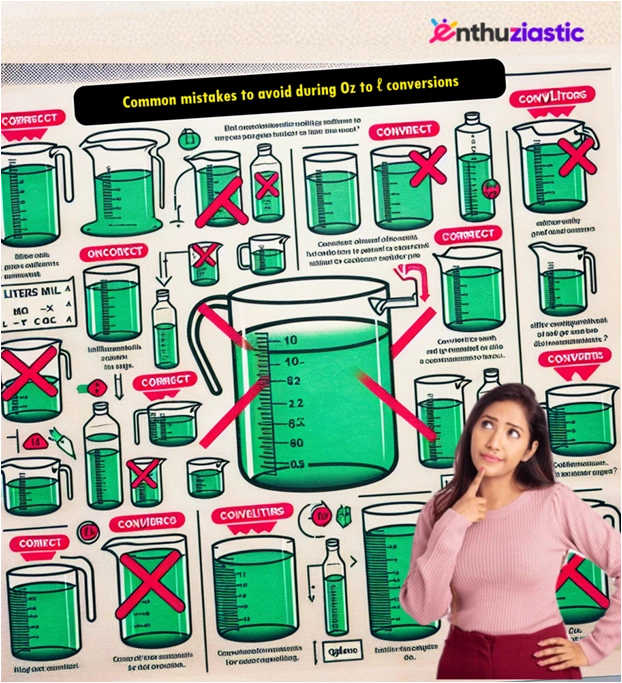
Whether you are a famous chef or a renowned scientist, in today's era everyone needs exact measurement value. To ensure accurate conversion, here are some common mistakes to avoid. Let's have a look: -One common mistake is to forget the ounce-to-liter conversion factor. One ounce equals 0.0295735 liters.
Multiply ounces by this conversion ratio to convert to liters. Ignoring this crucial step can produce erroneous results. - Convert from US fluid ounces to liters, not dry or imperial ounces, which have different volumes. - Using the wrong units may result in inaccurate conversions. If you convert ounces to liters using weight instead of volume, your conversion will be wrong.
Make sure you're measuring the right thing in the right units. - When you round off intermediate findings too early in the conversion process, you may make rounding mistakes. To minimize errors, calculate precisely until the result is reached.
- People forget conversion context sometimes. For instance, when converting ounces to liters for a recipe, you must use the correct conversion for the item. Due to differing densities, conversion factors vary.
4. Utilizing Conversion Tools and Resources for Accuracy:
Accuracy is the main key to conversion, especially in baking and cooking. Here are a few tools and resources to ensure precision: -
Digital kitchen scales:
These can weigh materials in ounces and convert units.
- Internet converters and apps:
Many free internet and mobile conversion options like mobile apps exist. Find one you like and keep it on your phone.
- Conversion charts:
Print out a oz to l conversion chart and if possible stick it on your fridge or inside a kitchen cabinet for better references. For your convenience, we offer you an ounces to liters conversion chart for which you can thank us.
6. Do you know these facts About Ounces and Liters?
In the avoirdupois system commonly used in the United States, the smallest weight unit is the dram, which equals 1/16 of an ounce.
The word "ounce" originally came from Latin, "uncia," which meant one-twelfth, referring to its link to the Roman pound divided into 12 parts, each called an "uncia" or ounce.
In ancient, the liter was a fundamental unit in the original French metric system.
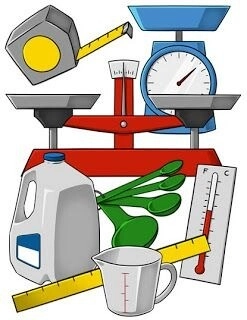

FAQs:
1. Can you provide a real-life example of converting ounces to liters?
Sure! Let’s take an example of converting ounces to liters. Imagine you have a bottle of soda that holds 16 ounces. To make this conversion you would simply divide the number of ounces by 33.8, therefore when you divide 16 ounces by 33.8 you get, around 0.473 liters.
2. Is there any loophole between ounces and liters?
One common misconception is that ounces and liters measure the volume. Although they both measure volume, they represent quantities. With ounces being smaller in size compared to liters.
3. How can one easily switch between ounces and liters without using a calculator?
A handy estimation method is to remember that 1 liter equals 33.8 fluid ounces. So if you need to convert from ounces to liters just divide the number of ounces by 33.8 for a conversion.
4. Do "ounces" and "fluid ounces" mean the same thing?
Indeed when it comes to measuring volume, "ounces" and "fluid ounces" are commonly used terms. Both refer to the unit of volume measurement.
5. Is it possible to convert from ounces to liters for materials well?
Absolutely! You can convert from ounces to liters, for both solid substances. Just remember that the outcome might differ based on how concentrated the material is being assessed.
6. How does the conversion between ounces and liters apply to cooking?
In cooking, recipes often specify ingredients in ounces or liters. Knowing how to convert between the two can help ensure that you use the correct amounts of ingredients and achieve the desired results in your dishes.
Conclusion
The bottom line is: Now the time has come to put a full stop to this didactic blog, but while going on, I will definitely tell you that you must remember the importance of converting ounces to liters, using an ounces converter, because its use has spread from the slab of your kitchen to the beakers of the laboratory.
The thing not to forget is that 1 ounce equals around 0.0296 liters across substances. Following the step by step method mentioned above while converting ounces to liters and using the formula correctly will make you a master in converting ounces to liters.
As a matter of facts, the more we practice, the easier it gets. With this knowledge, we can measure things confidently and accurately. So, keep learning and trying new things - there's always more to know!


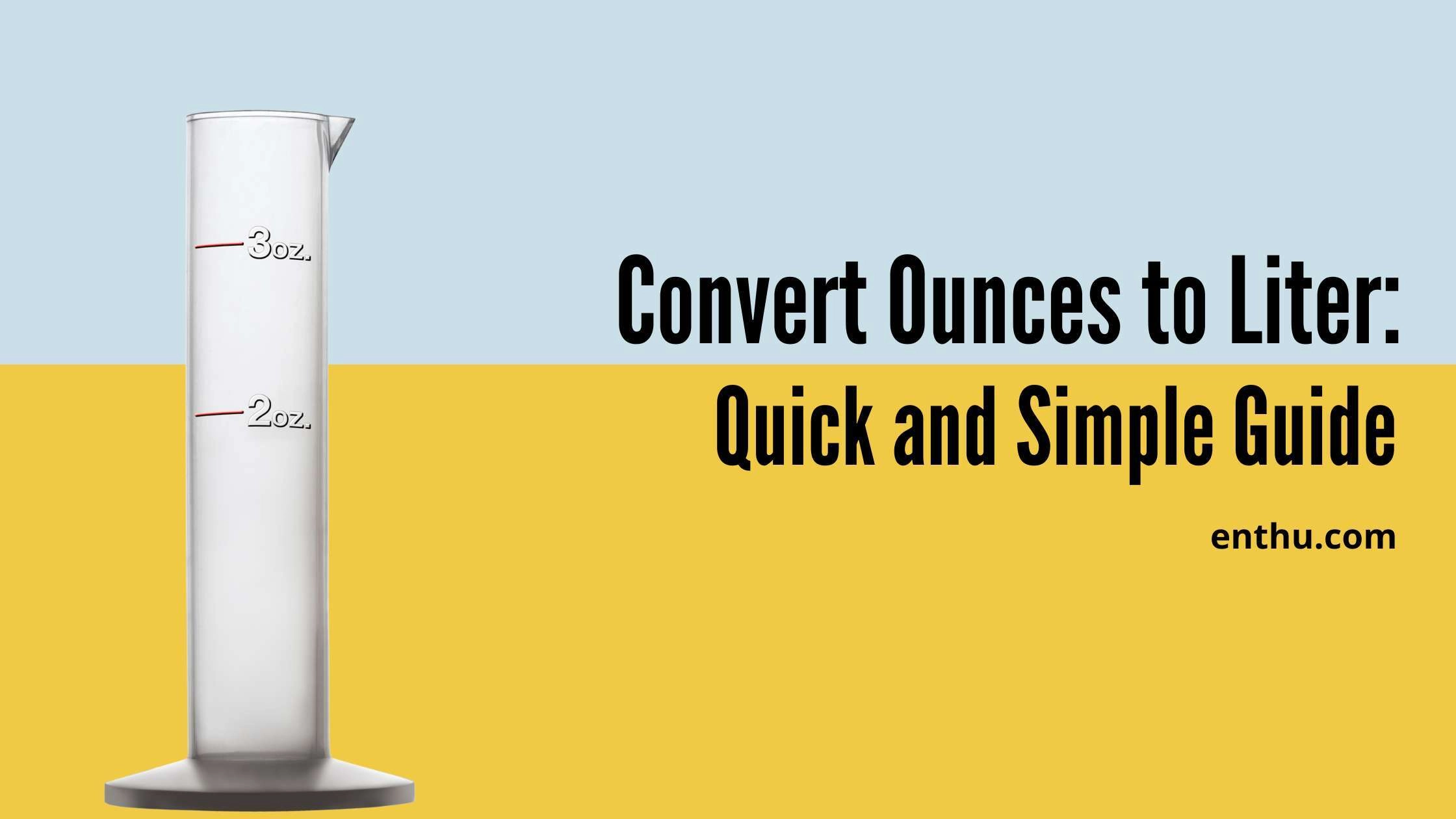



Comments